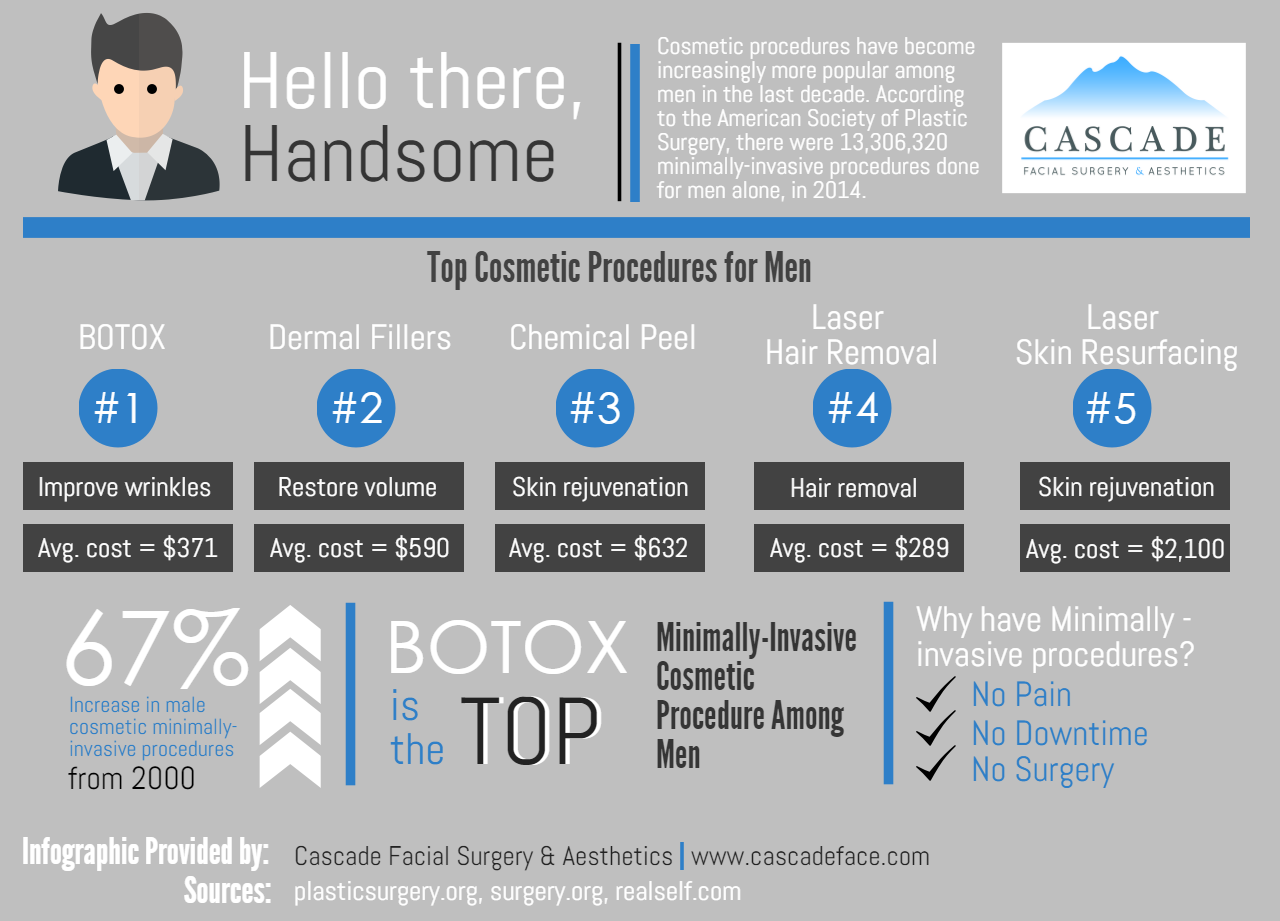Hormonal Acne - What is Hormone Acne?
Hormone acne is defined by blocked pores and oily skin that generally appears on the chin and jawline. It takes place when hormone modifications trigger swelling and microbial overgrowth within hair follicles.
Breakouts may look like whiteheads, blackheads, papules or pustules and cysts or blemishes in extra severe situations. It is extra common in teens undergoing adolescence yet can affect adults of any age.
What Causes Hormonal Acne?
While acne can be triggered by a range of aspects, consisting of making use of hair and skin care products that aren't oil-free or made with ingredients that could clog pores, genetic predisposition, diet plan,2 and tension, the source is rising and fall hormonal agents. Hormone acne takes place when the body experiences hormone adjustments and variations that lead to an overproduction of sebum, which triggers inflammation, raised development of microorganisms and adjustments in skin cell task.
Hormone acne is usually located on the lower jawline, cheeks and neck but can appear anywhere on the body. It is characterized by blemishes that are cystic, unpleasant and filled with pus or other material. It is also more likely to take place in females than males, specifically throughout the age of puberty, the menstruation, pregnancy or menopause.
Age
While numerous youngsters experience acne at some point during puberty, it can continue to plague grownups well right into the adult years. Called hormone acne, this type of breakout is connected to fluctuations in hormones and is typically most usual in females.
Hormone acne happens when oil glands create too much sebum, which clogs pores and catches dead skin cells. This brings about the development of imperfections, such as whiteheads, blackheads and papules, pustules, cysts or blemishes, deep under the surface.
This type of blemish usually creates discomfort, inflammation and inflammation. It might additionally be intermittent and show up around the exact same time monthly, such as right before your duration begins. This is since levels of female hormones like progesterone and oestrogen rise and fall with each menstruation.
Menstruation
Hormonal acne typically shows up in the reduced part of your face, along the jawline and cheeks, as whiteheads, blackheads or inflammatory acnes (pimples and cysts). It's more than likely to show up around the time when your menstrual cycle adjustments.
Specifically around ovulation, when estrogen and progesterone levels are on the surge, hormonal agent changes can cause outbreaks. However it's also feasible to obtain acne at any type of point during your 28-day menstruation.
If you observe that your hormonal acne flares up right prior to your duration, try noticing when specifically this occurs and see if it associates with the phases of your 28-day menstruation. This will help you determine the source of your skin troubles. As an example, you may wish to work on stabilizing your blood glucose and cutting out high-sugar foods, or take into consideration a prescription medicine like spironolactone that can regulate your hormonal agents.
Pregnancy
Expanding an infant is a time of dramatic hormone modifications. For numerous women, this consists of a flare-up of hormonal acne. This sort of breakout generally begins in the initial trimester, around week six. It's brought on by hormone surges that boost sebaceous glands to make even more oil, which can clog pores and create more bacteria to develop.
Breakouts might also take place as a result of pre-existing conditions like polycystic ovary disorder, which can likewise be a concern during pregnancy and menopause. Additionally, some kinds of contraceptive pill (such as Ortho Tri-Cyclen website and YAZ) can activate hormonal acne in some ladies.
Fortunately, the majority of acne treatments are "no-go" for expectant women (consisting of popular acne-fighting active ingredients such as isotretinoin and spironolactone). But if you can not avoid those frustrating bumps, your doctor might suggest oral erythromycin or cephalexin, which are secure during pregnancy.
Menopause
As females approach menopause, the estrogen degrees that caused their hormonal agent acne to flare during the age of puberty begin to support and decrease. At the same time, nevertheless, a spike in androgens (also called male hormones) happens due to the fact that these hormones can not be converted into estrogen as successfully as in the past.
The extra of androgens can cause oil production by the sweat glands, which obstructs pores. When the clogged pores ended up being swollen and inflamed, an acne forms.
Hormone acne is typically seen on the face, especially around the chin and jawline, but it can happen on the neck, back, shoulders, or chest. This kind of acne often tends to flare up in a cyclical pattern, comparable to the menstrual cycle. Tension, which raises cortisol and throws hormones out of equilibrium, also contributes to the outbreaks.

Comments on “Are Peptides Good For Acne Scars”